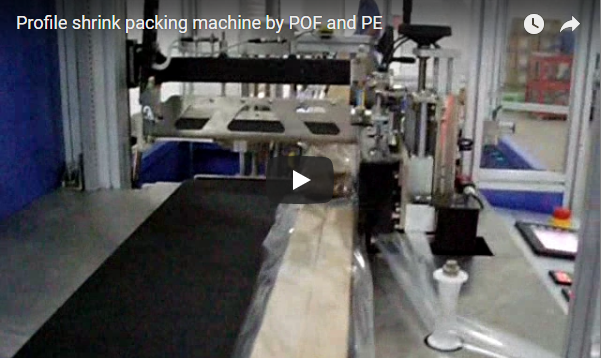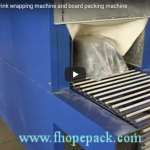Automatic shrink packing machine for profiles and timber is a type of equipment used in the packaging industry to wrap and package profiles and timber products. This machine is designed to efficiently and effectively wrap the products with shrink film, providing maximum protection during transportation and storage.
The automatic shrink packing machine for profiles and timber works by automatically feeding the product onto the wrapping conveyor. The shrink film is then dispensed and wrapped around the product, pulling it taut with the tension rollers as it moves through the heat tunnel. The heat from the tunnel shrinks the film, tightly wrapping the product and creating a protective layer.
One of the primary advantages of using this machine is its efficiency. It can handle multiple products per minute, reducing the need for manual labor and increasing productivity. Additionally, the machine ensures that the products are wrapped consistently and uniformly, reducing the risk of damage during transportation or storage.
The machine is also designed to be user-friendly and easy to operate. The touch screen interface allows operators to easily program and adjust the wrapping process, while the safety features ensure that operators are protected from harm during operation.
Overall, the automatic shrink packing machine for profiles and timber is a reliable and efficient solution for the packaging industry, offering automated and high-quality wrapping for different types of products. These machines help businesses save time, costs, and resources, and ensure that their products are well-protected during transportation or storage. The automatic shrink packing machine for profiles and timber is an essential tool for businesses dealing with profiles and timber products and looking to streamline their packaging process.
https://www.fhopepack.com/shrinking-machine/
info@fhopepack.com



